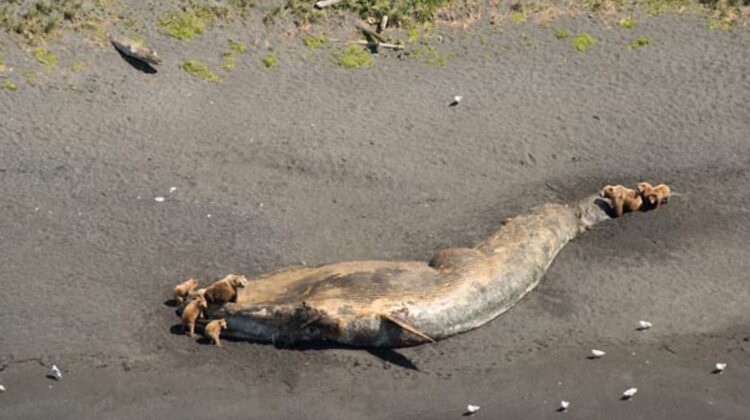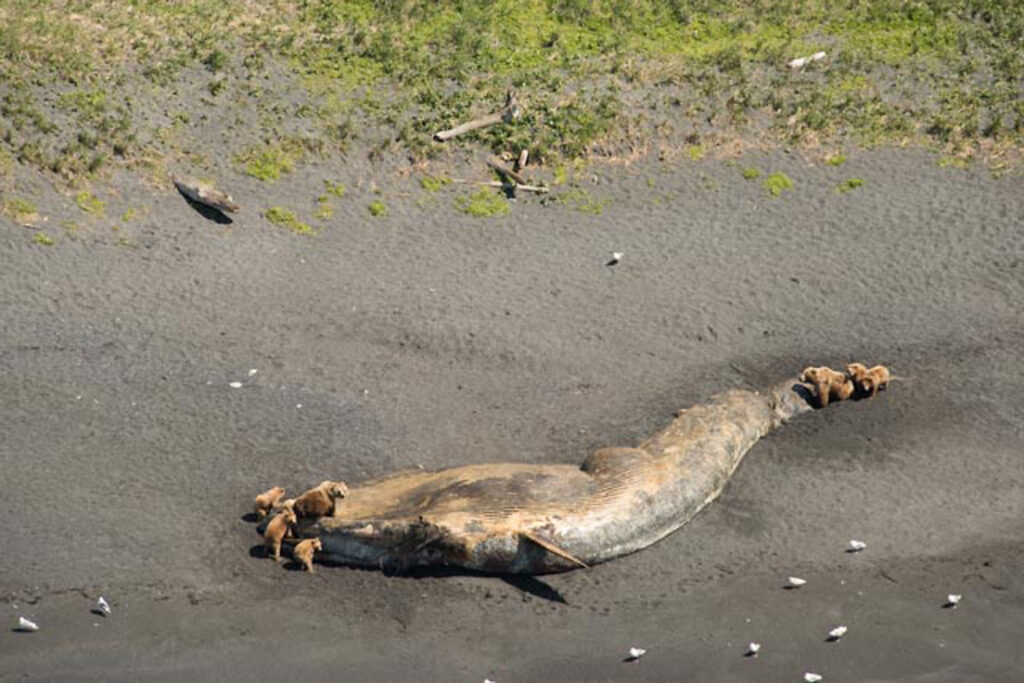
A recent spike in whale deaths in Alaska has raised concerns among researchers, who are now investigating the cause of these fatal strandings. In late June, three large whales were found dead along the coastline in a span of just one week, prompting officials to take action.
One fin whale was found dead in Knik Arm near Anchorage on June 22, followed by a humpback whale four days later off Point Carolus in Glacier Bay National Park. Two days after that, another humpback was discovered in Turnagain Arm near Hope.
The National Oceanic and Atmospheric Administration (NOAA) and partner groups have taken tissue samples from all three whales in an effort to determine the cause of their deaths. Of the three, the humpback found in Glacier Bay may provide the most clues, as scientists were able to conduct a full necropsy.

According to British Columbia veterinary pathologist Steven Raverty, who led the postmortem, the whale had no evidence of skull or other bone fractures, but it did show signs of poor health. The animal had an unusually high number of copepod parasites known as whale lice, which suggests it may have been debilitated or had some degree of immunosuppression. Additionally, the whale had diminished fat reserves, indicating it may not have been consuming enough food.
NOAA officials are uncertain whether these recent deaths are related to the dozens of whale deaths that occurred in the Gulf of Alaska last year. The cause of those strandings, which were labeled an “unusual mortality event,” is still under investigation.
The recent whale deaths could provide valuable information for researchers trying to better understand last year’s die-off. Tissue samples from all three whales have been sent to labs for analysis, but it is unclear when researchers will know more about how and why these whales died.
The investigation highlights the importance of monitoring and protecting marine wildlife, which is vital to maintaining the health of our oceans and the balance of our planet’s ecosystem.

Leave a Reply